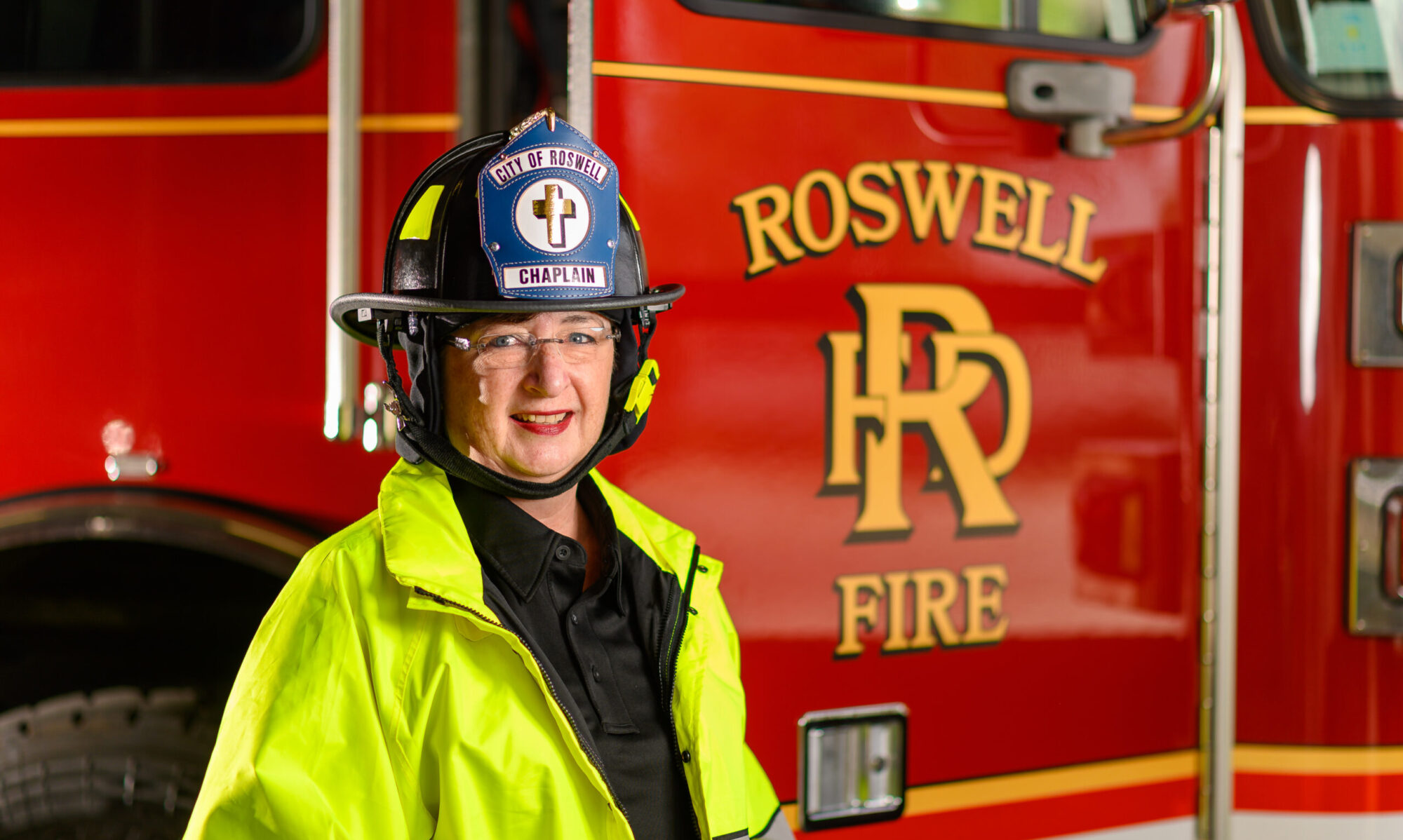The ancient Latin saying, ” Praemonitus, praemunitus,” later in 16th century England became “Forewarned is forearmed” can apply to a wide variety of situations. For this post I’ll be discussing the importance for first responders to learn about the potential dangers of their work to their mental health.
Before I begin it is important to note that each individual will process their experiences differently. Not everyone who is exposed to a traumatic event will end up with a traumatic stress related injury. Advance knowledge of Post Traumatic Stress Disorder (PTSD) and related disorders can help first responders help themselves and their co-workers.
Post Traumatic Stress Disorder (PTSD) is fully explained on the website of the National Institutes of Mental Health. I encourage all first responders to read the information on their site.
For the purpose of this entry I share the criteria the NIMH list on their site for a diagnosis of PTSD below. In the last paragraph the BOLD type was added by me for emphasis:
“To be diagnosed with PTSD, an adult must have all of the following for at least 1 month:
- At least one re-experiencing symptom
- At least one avoidance symptom
- At least two arousal and reactivity symptoms
- At least two cognition and mood symptoms
Re-experiencing symptoms include:
- Flashbacks—reliving the trauma over and over, including physical symptoms like a racing heart or sweating
- Bad dreams
- Frightening thoughts
Re-experiencing symptoms may cause problems in a person’s everyday routine. The symptoms can start from the person’s own thoughts and feelings. Words, objects, or situations that are reminders of the event can also trigger re-experiencing symptoms.
Avoidance symptoms include:
- Staying away from places, events, or objects that are reminders of the traumatic experience
- Avoiding thoughts or feelings related to the traumatic event
Things that remind a person of the traumatic event can trigger avoidance symptoms. These symptoms may cause a person to change his or her personal routine. For example, after a bad car accident, a person who usually drives may avoid driving or riding in a car.
Arousal and reactivity symptoms include:
- Being easily startled
- Feeling tense or “on edge”
- Having difficulty sleeping
- Having angry outbursts
Arousal symptoms are usually constant, instead of being triggered by things that remind one of the traumatic events. These symptoms can make the person feel stressed and angry. They may make it hard to do daily tasks, such as sleeping, eating, or concentrating.
Cognition and mood symptoms include:
- Trouble remembering key features of the traumatic event
- Negative thoughts about oneself or the world
- Distorted feelings like guilt or blame
- Loss of interest in enjoyable activities
Cognition and mood symptoms can begin or worsen after the traumatic event, but are not due to injury or substance use. These symptoms can make the person feel alienated or detached from friends or family members.”
It is natural to have some of these symptoms for a few weeks after a dangerous event. When the symptoms last more than a month, seriously affect one’s ability to function, and are not due to substance use, medical illness, or anything except the event itself, they might be PTSD. Some people with PTSD don’t show any symptoms for weeks or months. PTSD is often accompanied by depression, substance abuse, or one or more of the other anxiety disorders.“
I added the bold type above to emphasize the fact that feeling off or experiencing any of the reactions listed above immediately after a traumatic event is normal. The phrase often used is, “It is normal to feel abnormal .” If the reactions do not lessen after a month or so, that is a sign to seek additional support from a therapist or doctor.
First responders, like service members, often hesitate asking for help. No one wants to be taken off of active duty, or to say they are struggling. Fortunately in the military great strides are being made in de-stigmatizing asking for and seeking help. Due to increased awareness of suicide rates among first responders, steps are now being taken by public safety administrators to increase peer support programs and enhance employee assistance programs. More work need to be done in this area.
Administrators of public safety departments need to lead in the realm of education on mental healthcare for their department.
